What’s Happening in the Hive
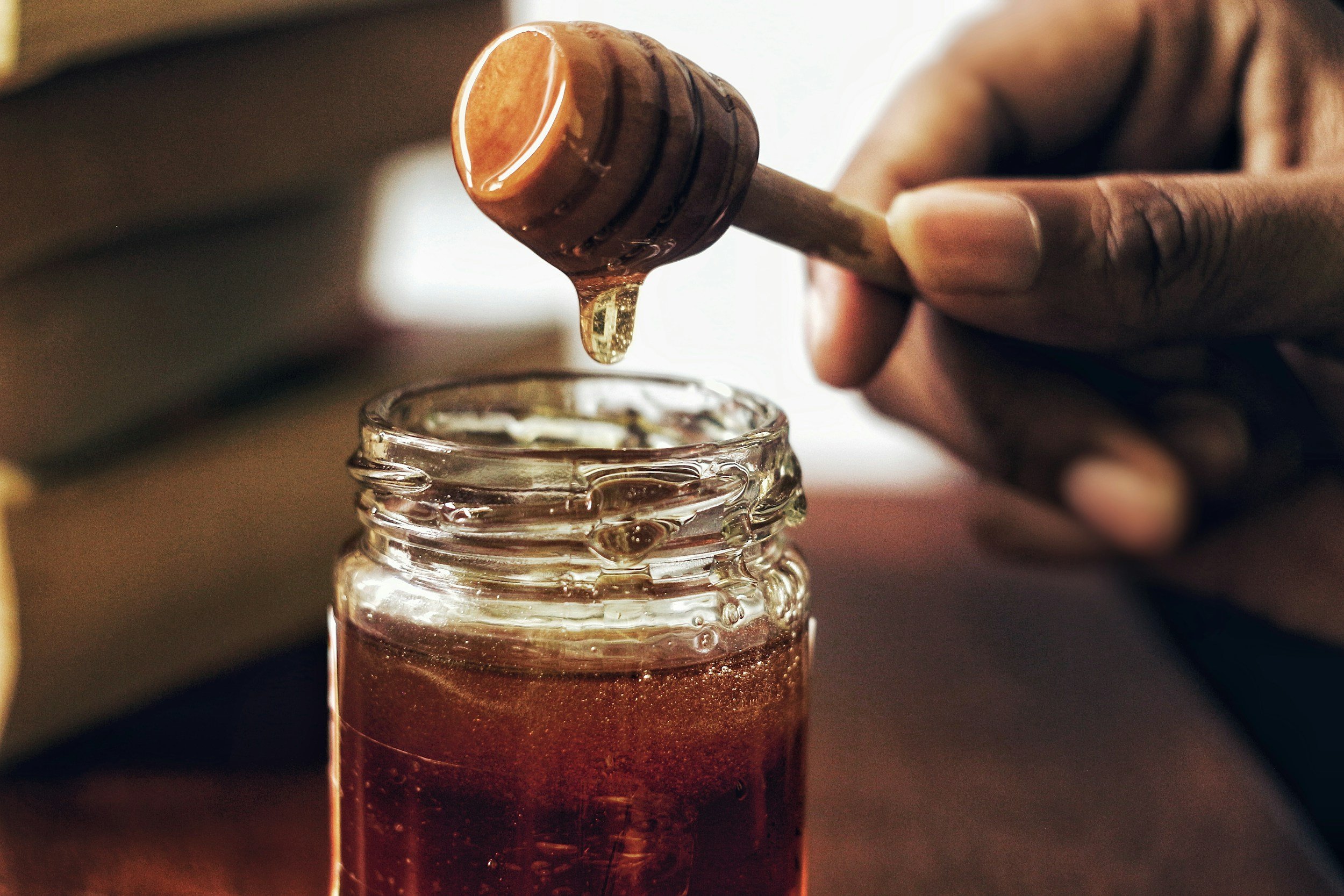
July
July. Summer may be just beginning but this month we'll start thinking about preparing our bees for winter. You or your neighbors have probably noticed a few workers trying to cool off in the pool (for some reason they LOVE pool water) and at night time they might start to form a beard on the outside of the hive. Overwintered hives will be at full strength and new hives will have exploded in size.
New Hives:
Inspect the hive weekly or bimonthly, looking for the Queen and eggs.
Continuously feed 1:1 sugar syrup (Add lemongrass oil, Honey-B-Healthy, etc.).
If you haven't already, add a second deep body once the first 8 frames have been drawn with comb.
Overwintered Hives:
As the nectar flow winds down, pull the supers from your hive(s), ensuring you don't remove ALL the honey. Leave a super on strong hives.
Check the hive weight.
Harvest and ENJOY one of nature's miracles, and don't forget to share with your friends and family!
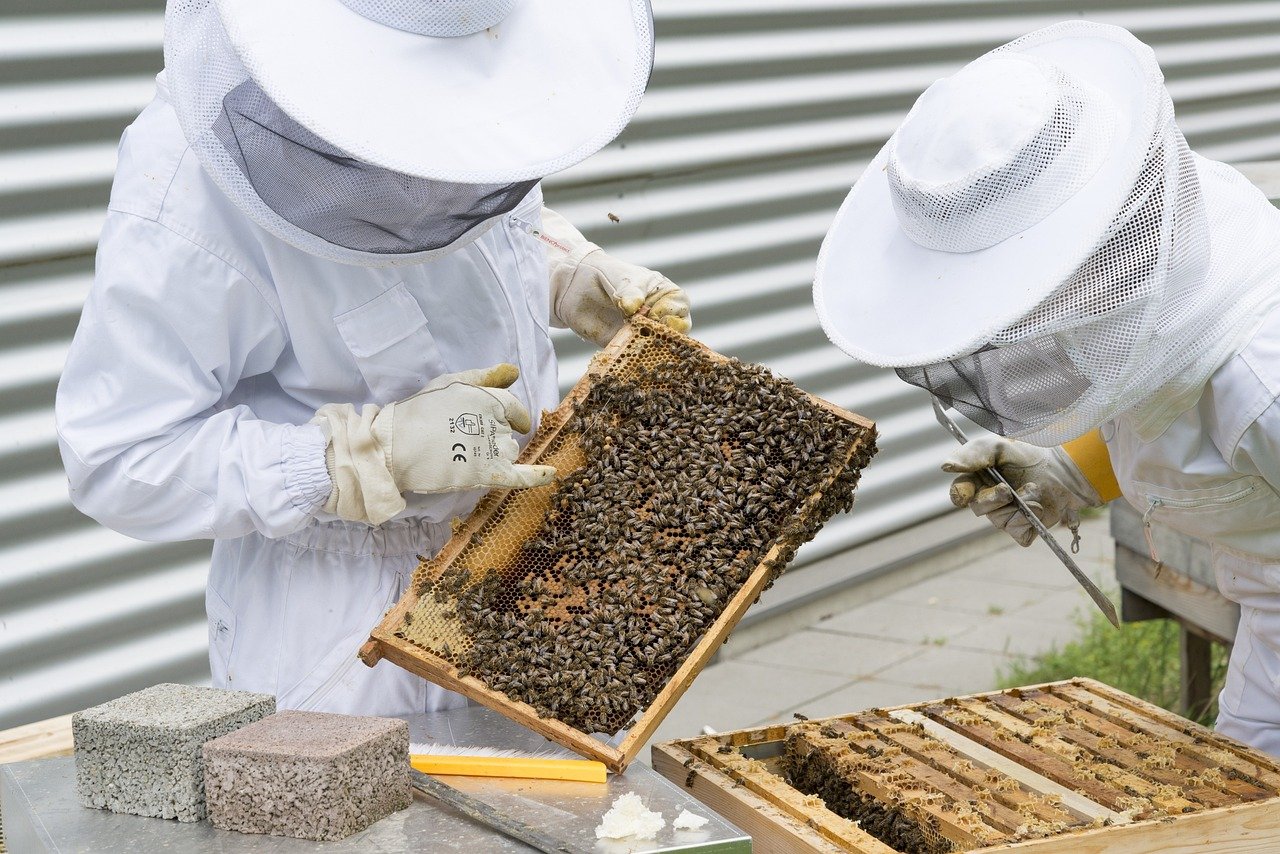
August
August. Winter preparation is in full swing with the focus on ensuring a strong colony with ample stores. If you're feeding 1:1 syrup, this month we'll wean them off (remember, 1:1 stimulates drawing comb and has a higher water content - meaning it will take more energy to convert it to stored honey).
New Hives:
Inspect the hive weekly or bimonthly, looking for the Queen and eggs.
SLOWLY wean your hive(s) off 1:1 sugar syrup.
Perform a mite count and treat accordingly.
Overwintered Hives:
Pull any remaining (empty) honey supers from the hives.
Check the hive weight.
Begin feeding 2:1 sugar syrup (Add lemongrass oil, Honey-B-Healthy, etc.).
Perform a mite count and treat accordingly.
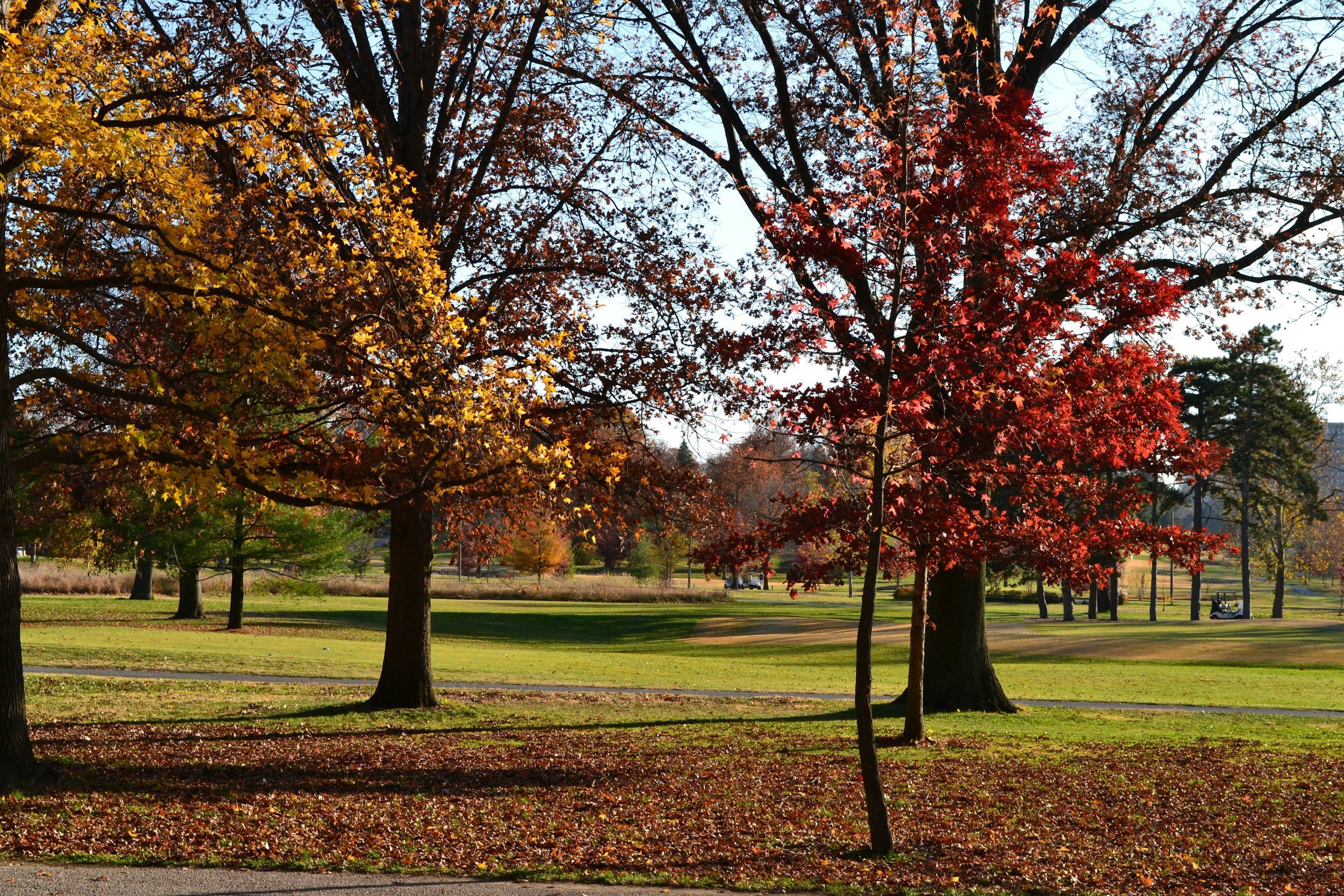
September
September. This month the hives will be making a last push to prepare for winter. The coming months will present cooler days that may not be hospitable to flight. The major tasks this month and throughout the fall will be similar to August.
ALL Hives:
Check the hive weight.
Feed 2:1 sugar syrup (Add lemongrass oil, Honey-B-Healthy, etc.).
Perform a mite count and treat accordingly.
Add 1/2 pollen patty.
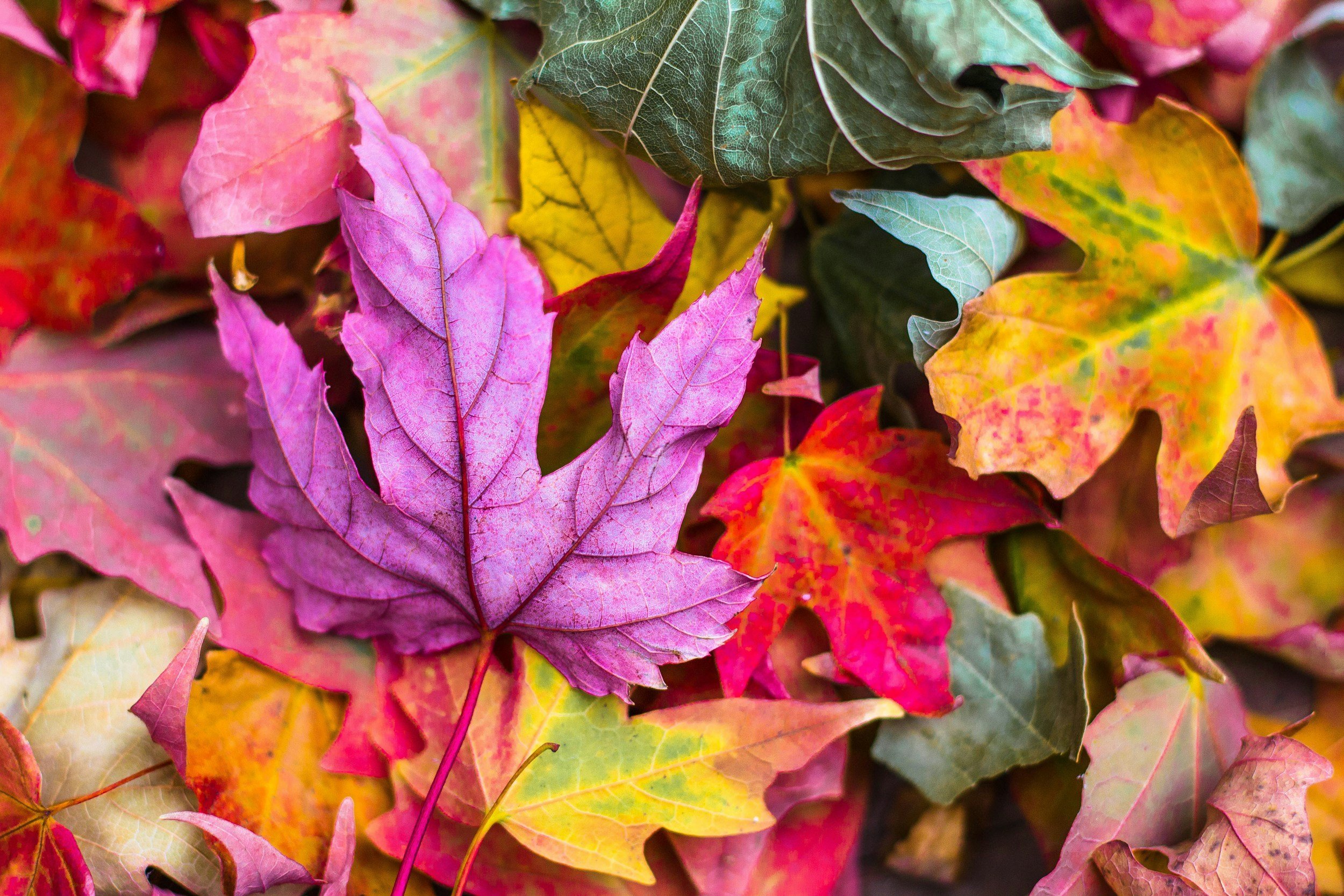
October
The pools are closed, kids have been back in school for a few weeks, and the bees are becoming less active. Inspections have become much quicker and less regular with a focus on quickly checking winter stores.
ALL Hives:
Check the hive weight.
Feed 2:1 sugar syrup as needed (Add lemongrass oil, Honey-B-Healthy, etc.).
Perform a mite count and repeat treatment as necessary.

November
With winter upon us, we must say our goodbyes. Any remaining drones are being kicked out of the hive and workers will be leaving much less frequently, if at all depending on the weather. With the cooler days comes a break from frequent inspection. This month we make a final push to store honey for the winter and also add supplemental food - an insurance policy if you will.
Install the bottom board insert and entrance reducer.
Check the hive weight.
STOP feeding liquid syrup.
Add a candy board and/or quilt box above the top deep.
Perform a mite count and repeat treatment as necessary.

December
Throughout the winter, you will need to check the hive's weight. You can do so by tipping the hive up using the handle on the lower deep. If you have a candy board or other supplemental food source installed, take a quick peek under the cover (on a nice day). If the hive feels light and/or they have exhausted their supplemental food source you'll need to take action to keep the colony from starving as most hives that die do so at the end of winter.
READ and attend club meetings.
Plan for the coming season - order bees and new hardware.
Assemble and paint new boxes, clean and ready existing boxes in storage.
On warm days (50F+) take a quick peek at the top candy board to ensure emergency reserves. Add a Winter pollen patty, fondant patty or candy brick as needed.
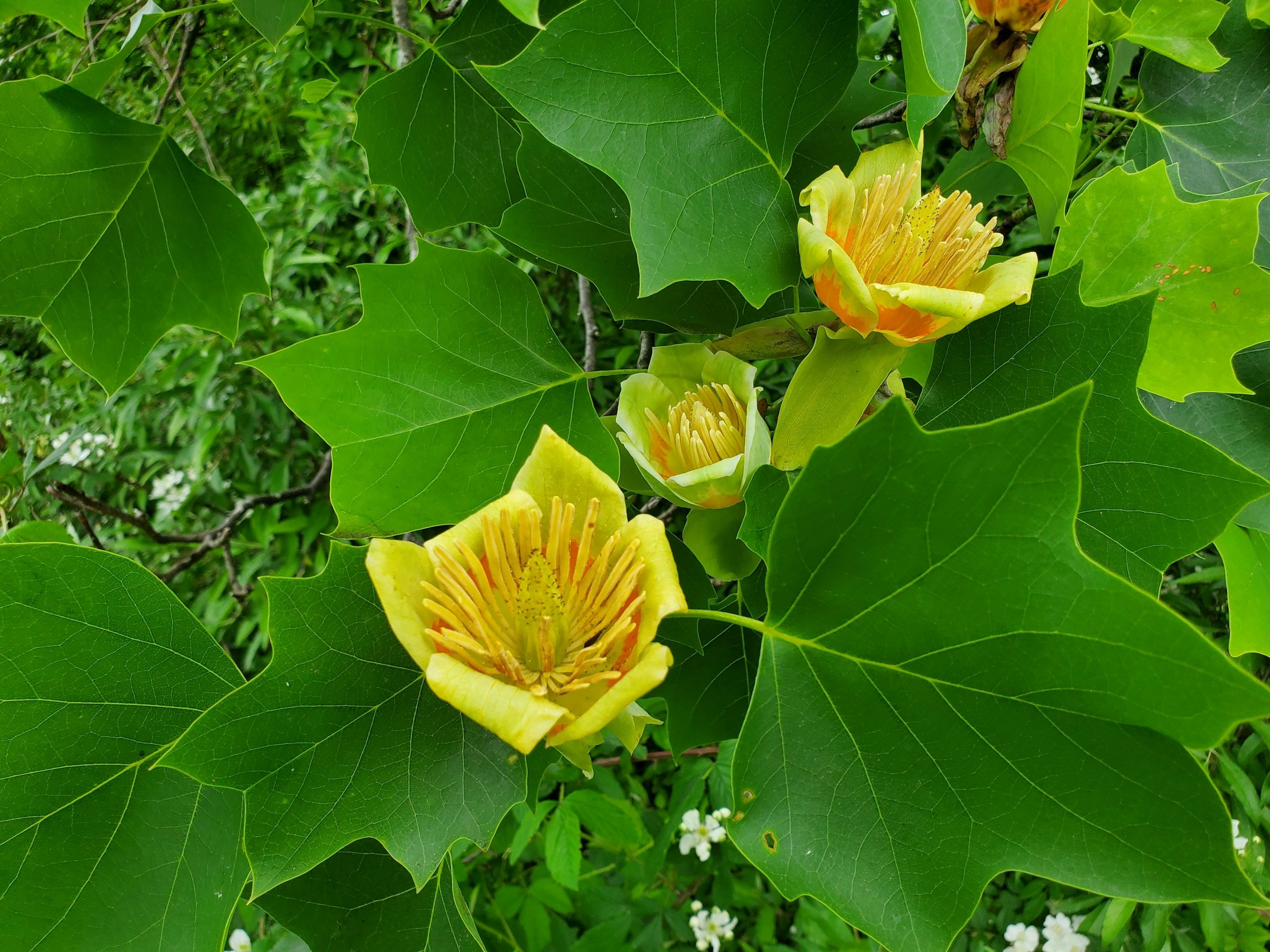
June
June. By now, new beekeepers should have a firm understanding of what to look for during an inspection and are getting more comfortable putting their hands into the hives. They may have gotten that first sting out of the way (and realized it wasn't that bad) and are feeling confident in their knowledge. Overwintered hives are in peak honey production this month!
New Hives:
Inspect the hive weekly or bimonthly, looking for the Queen and eggs.
Continuously feed 1:1 sugar syrup (Add lemongrass oil, Honey-B-Healthy, etc.).
Add a second deep body once the first 8 frames have been drawn with comb.
Overwintered Hives:
Check weekly to see if additional supers are needed.
Start bragging to your friends and family about the awesome honey you'll be harvesting in a few months!

May
May. The last of this season's packages should have been installed in the last week. New beekeepers will spend this month getting comfortable working around their bees and start to learn what to look for during a hive inspection, while overwintered hives will be busy producing honey.
New Hives:
Remove the queen cage 7 days after installing a package, ensuring the queen was released.
Inspect the hive weekly or bimonthly, looking for the Queen and eggs, pollen, and nectar stores.
Continuously feed 1:1 sugar syrup (Add lemongrass oil, Honey-B-Healthy, etc.).
Perform a mite count and check for small hive beetles - treat accordingly.
Overwintered Hives:
Check weekly to see if additional supers are needed.

April
April. Packages and Nucs begin to arrive at the very end of March and throughout the month of April. For the next couple of months, overwintered hives will focus on honey production and the creation of splits and other swarm control measures while new colonies will be drawing comb, collecting pollen and nectar, and rapidly expanding.
New Hives:
Install new packages and nucs.
Remove the queen cage 7 days after installing a package, ensuring the queen was released.
Continuously feed 1:1 sugar syrup (Add lemongrass oil, Honey-B-Healthy, etc.).
Add a pollen patty to stimulate the queen to lay eggs.
Overwintered Hives:
Remove the insert from screened bottom boards.
Check weekly to see if additional supers are needed.
Perform a mite count and treat accordingly.

March
March. Spring is swarm season so the beekeeper will need to closely monitor their hives for an increase in drone cells, queen cups (swarm cells) and overcrowding. On the first warm day (over 60 degrees), inspect the hive to determine where the queen is laying. If the brood is COMPLETELY in the top deep and the lower deep is empty, rotate the hive bodies. This will allow the queen to move up in the hive as she continues to lay. Other tasks to consider are:
Add a pollen patty between hive bodes to stimulate the queen to lay eggs.
Feed a few quarts of 1:1 sugar syrup with Honey-B-Healthy or a similar additive.
Assess the hive strength. Note: If a strong hive has filled both deeps, add a super
Check weekly to see if additional supers are needed
Ensure new hives are painted and ready for Spring packages!
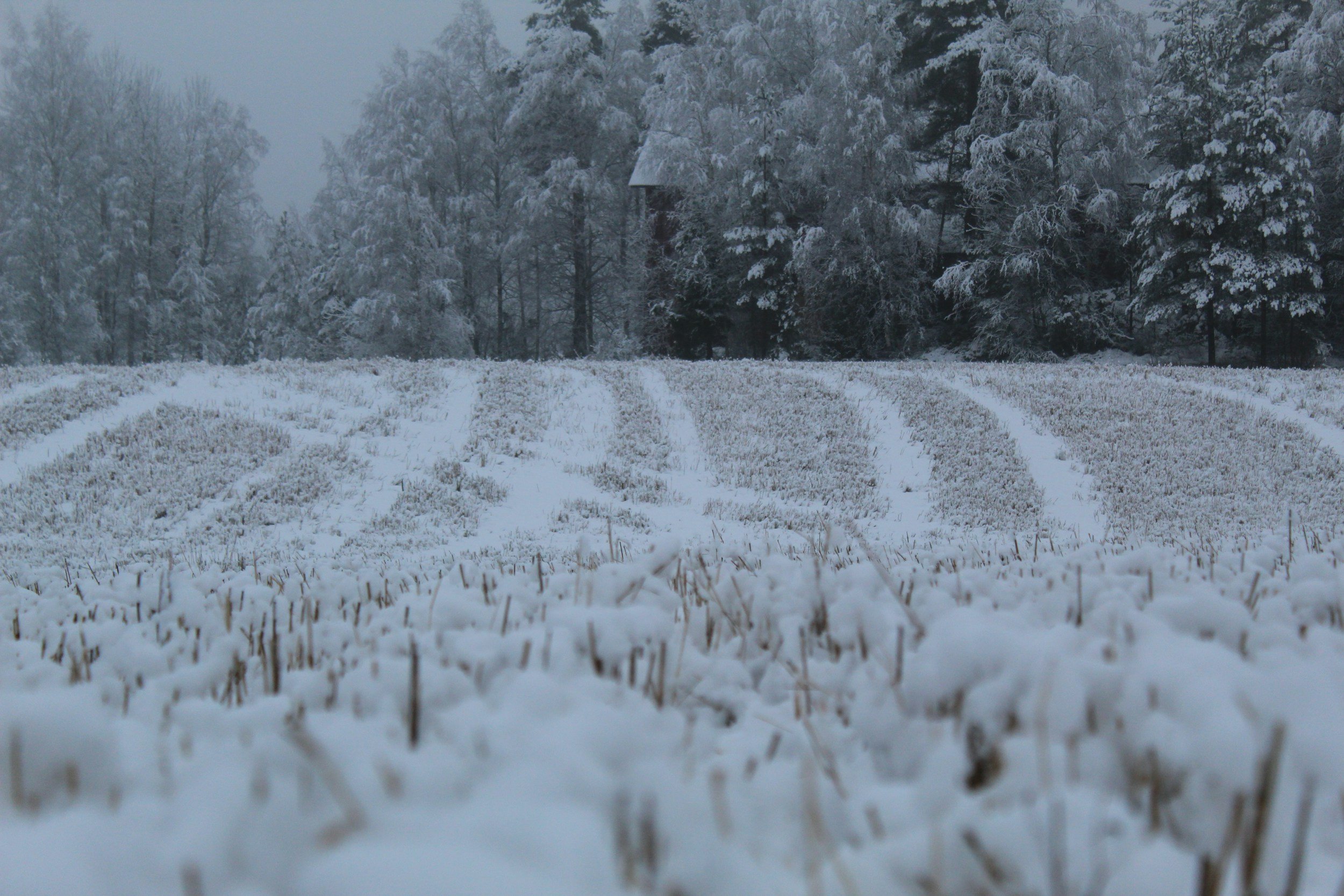
February
February. Throughout the winter, you will need to check the hive's weight. You can do so by tipping the hive up using the handle on the lower deep. If you have a candy board or other supplemental food source installed, take a quick peek under the cover (on a nice day). If the hive feels light and/or they have exhausted their supplemental food source you'll need to take action to keep the colony from starving as most hives that die do so at the end of winter.
READ and attend club meetings.
Plan for the coming season - order bees and new hardware.
Assemble and paint new boxes, clean and ready existing boxes in storage.
On warm days (50F+) take a quick peek at the top candy board to ensure emergency reserves. Add a Winter pollen patty, fondant patty or candy brick as needed.
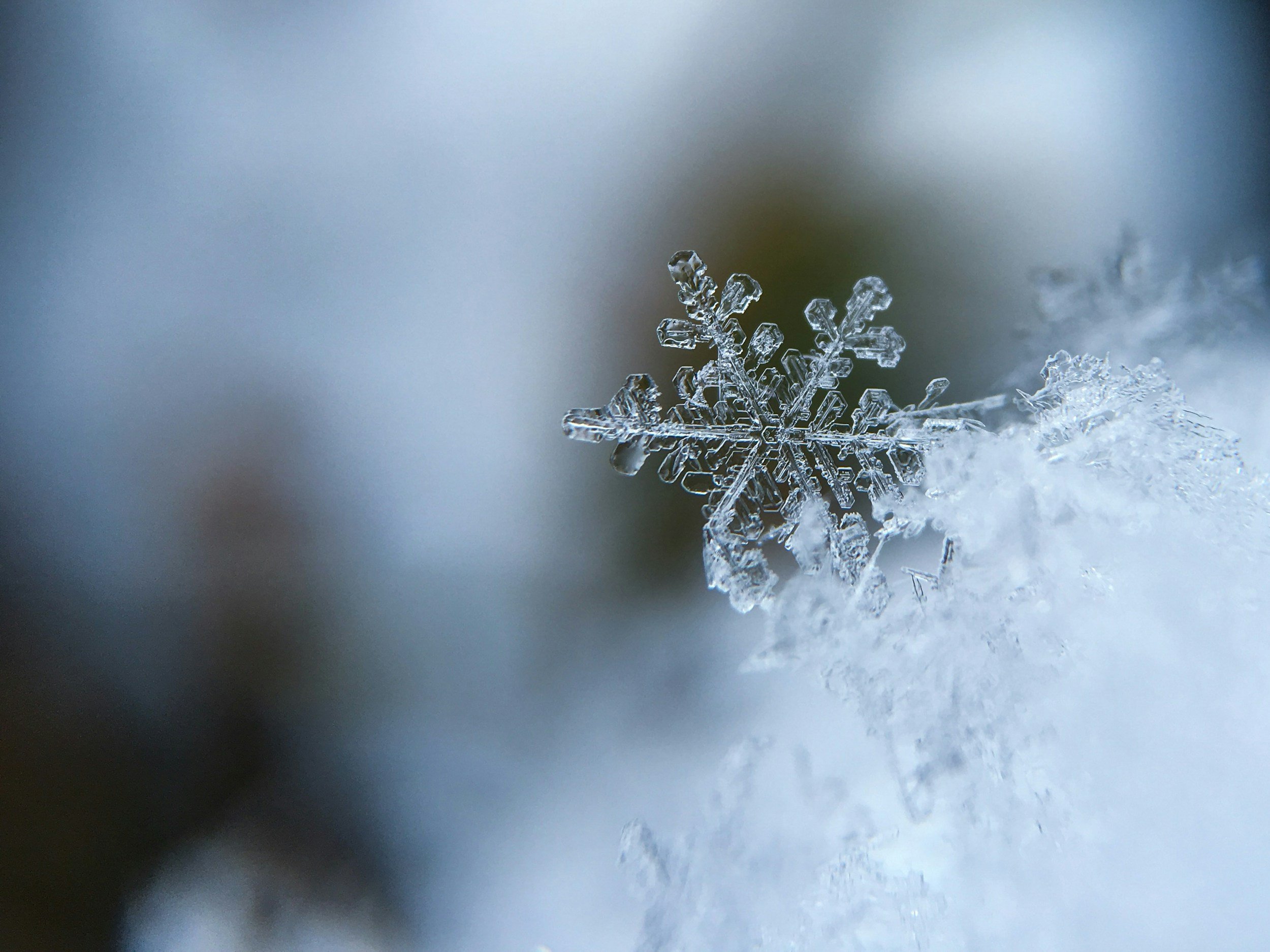
January
Throughout the winter, you will need to check the hive's weight. You can do so by tipping the hive up using the handle on the lower deep. If you have a candy board or other supplemental food source installed, take a quick peek under the cover (on a nice day). If the hive feels light and/or they have exhausted their supplemental food source you'll need to take action to keep the colony from starving as most hives that die do so at the end of winter.
READ and attend club meetings.
Plan for the coming season - order bees and new hardware.
Assemble and paint new boxes, clean and ready existing boxes in storage.
On warm days (50F+) take a quick peek at the top candy board to ensure emergency reserves. Add a Winter pollen patty, fondant patty or candy brick as needed.